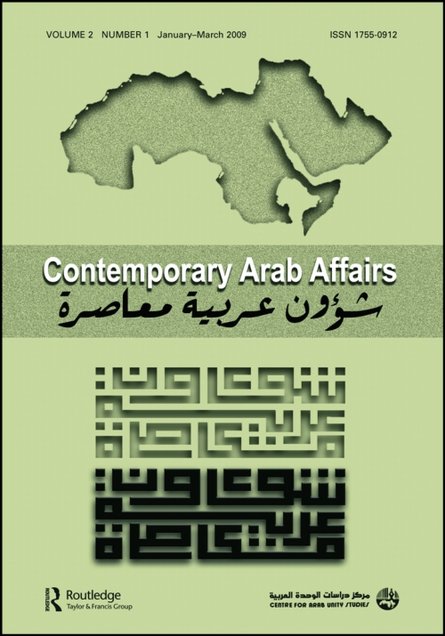
There is as yet no framework for understanding the Syrian Crisis (herein referred to as ‘the Syrian Crisis’; the Syrian Crisis or simply ‘the Crisis’) or more generally the Arab Spring. There are many arguments that are often inconsistent. A framework can help further socio-political and economic analysis and synthesis and will facilitate the convergence of conflicting views on a solution. This article is intended to provide a systemic framework for the Syrian Crisis that can be extended to other Arab experiences. Syrians have split into three main categories vis-à-vis the Crisis: pro-government, pro-revolt and a silent middle. The contention here that, regardless of classification or intentions, events on the ground and the accompanying political manoeuvres point collectively to the conclusion that the revolt became a tool in the toolbox for Syrian realignment ideologically and geopolitically under the pretence of a just revolt. The argument advanced is that there is a plan for the realignment of Syria that uses the revolt as an entrance point and a tool in this strategy – whether the Syrians engaged in revolt know it or not. The Syrian people, the Syrian government and the rebels have borne the entire risk throughout the induced Crisis with no control over aspects of its trajectory. The complexity of the Syrian Crisis comes from two simultaneous confluences: an ideological confluence and geopolitical confluence. In his exposition of this strategy the author posits that, for the plan to succeed, it may be necessary to destroy the fabric of Syrian society by discrediting Syrian nationalism, Arab nationalism and moderate Islamism through supporting sectarianism, subnationalism, regionalism and Islamic fundamentalism to achieve the desired realignment under the banner of humanitarian intervention. The course of action adopted by the external opposition does not align with a revolution for the people of Syria. The sponsors of the plan discerned here deployed Islamist Jihadism as a universal catalytic enabler of Syria's destruction without appearing to be supporting terrorism for regime change in Syria. The losers are the Syrian people, their infrastructure, their unity and possibly their statehood, and many innocent lives. The author introduces two new analytic tools to facilitate the discussion: the ‘ideogram’ and the ‘geogram’.
Links
Resource collections
- Topics
- UN Habitat - Urban Response Collection
- Urban Response - Urban Crisis Preparedness and Risk Reduction
- Urban Response Collection - Community Engagement and Social Cohesion
- Urban Response Collection - Economic Recovery
- Urban Response Collection - Environment and Climate Change
- Urban Response Collection - Housing, Land and Property
- Urban Response Collection - Urban Crisis Response, Recovery and Reconstruction
- Urban Response Collection - Urban Resilience